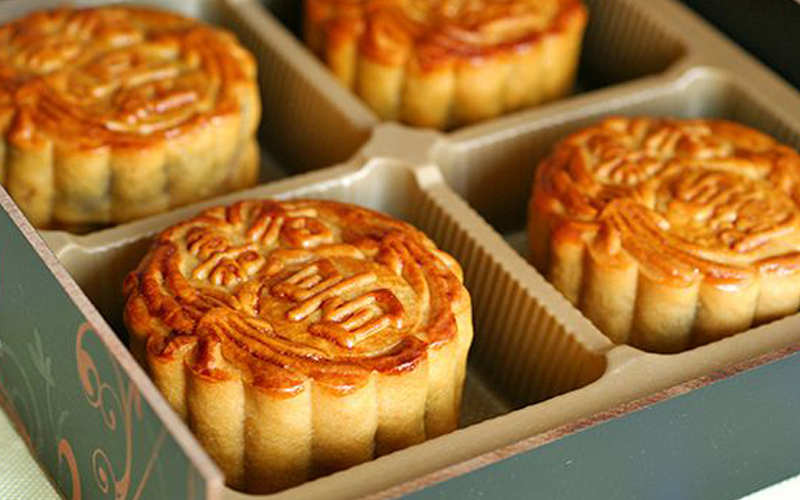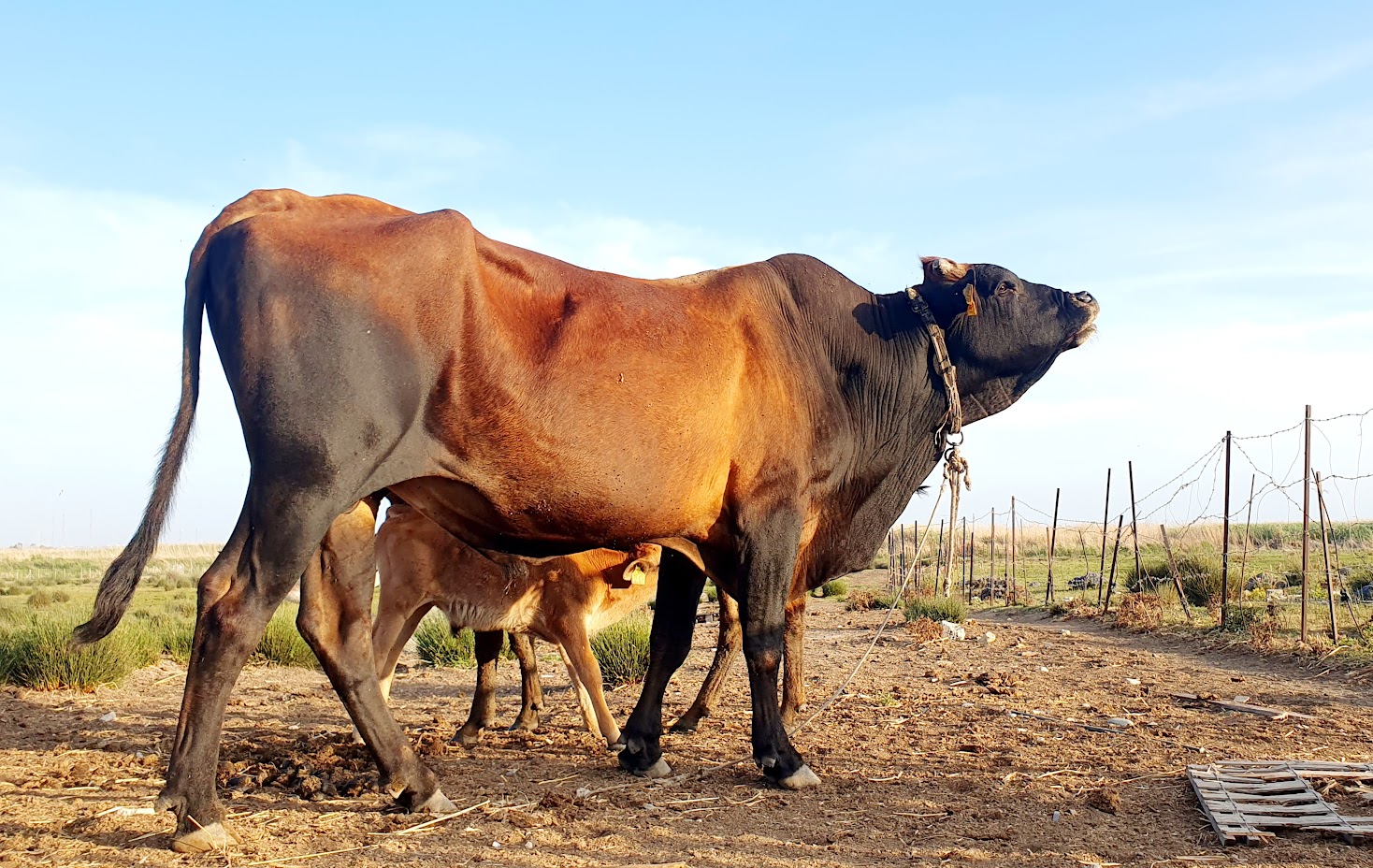Mooncakes, those beautifully crafted pastries with intricate designs, hold a special place in Chinese culture.
While traditionally associated with the Mid-Autumn Festival, they are also enjoyed during the Lantern Festival, which falls on February 12 in 2025. This day marks the end of the Chinese New Year celebrations, and mooncakes serve as a delicious and symbolic reminder of unity, prosperity and tradition.
The history of mooncakes is as rich as their fillings. Their origins date back to the Tang Dynasty (618–907 AD), when they were first made as offerings to the moon during harvest celebrations. By the Yuan Dynasty (1271–1368 AD), mooncakes took on a more political role. Legend has it that messages were hidden inside these pastries, coordinating a secret rebellion against the ruling Mongol government.
The design and preparation of mooncakes have evolved over centuries, but their core symbolism remains. Round in shape, they represent the full moon – a sign of completeness and reunion. This makes them particularly meaningful during the Lantern Festival, which celebrates family unity and the hope for a prosperous year ahead. Sharing mooncakes during this time is a gesture of goodwill and a way to strengthen bonds.
Traditional mooncakes are made with a rich, dense pastry and filled with sweet or savoury ingredients. Lotus seed paste and red bean paste are among the most common fillings, often paired with salted egg yolks to symbolise the moon. The crust is typically golden and imprinted with beautiful patterns or Chinese characters signifying good fortune, longevity or harmony.
Regional variations have played a significant role in the evolution of mooncakes, reflecting the culinary diversity of China. In southern China, Cantonese-style mooncakes are known for their thin crust and a variety of fillings, including nuts, seeds and dried fruits. In Suzhou, savoury mooncakes with flaky pastry and pork filling are a local speciality. Meanwhile, snowy mooncakes, originating from Hong Kong, are made with glutinous rice flour and served chilled, giving them a modern twist that appeals to younger generations.
Beyond China, mooncakes have gained international popularity, with unique adaptations emerging in countries with significant Chinese communities. In Southeast Asia, pandan-flavoured mooncakes are a local favourite, while in Japan, they are infused with matcha.
The Lantern Festival provides the perfect occasion to enjoy mooncakes in a festive setting. This day, characterised by vibrant lantern displays, dragon dances and family gatherings, is a celebration of light and unity. Eating mooncakes during this time reinforces the themes of reunion and gratitude, rounding off the Chinese New Year period with sweetness and symbolism.







Click here to change your cookie preferences